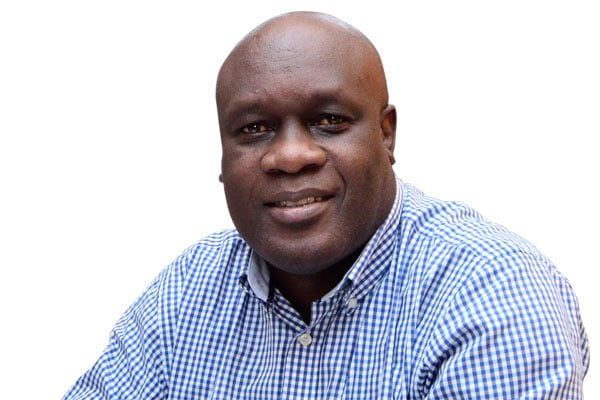Prime
Let us explain much-touted Parish Development Model

Author: Odoobo C. Bichachi is the Nation Media Group (NMG)-Uganda public editor. PHOTO/FILE.
What you need to know:
Journalists have a duty to not just report pre-launch and post-launch events from a “he said, she said” perspective but to dig into the detail, ask questions, show parallels
The Parish Development Model (PDM) has been hyped in the last several weeks with Prime Minister Robinah Nabbanja, ministers and senior government officials crisscrossing the country to explain “the model” to beneficiaries ahead of its launch scheduled for tomorrow.
So important is this gospel that last week, the Prime Minister had to address by Zoom the virtual Global Disability Summit while sitting in the middle of a dirt road in rural Tororo in between her trots to popularise the model.
The other day, former Speaker Rebecca Kadaga was tweeting about her meeting with Busoga Kingdom officials sensitising them about the PDM. Uganda Media Council director Ofwono Opondo too has been tweeting incessantly about the “parish model”.
The blitzkrieg about PDM, waved as the magic wand that shall lift majority Ugandans out of poverty and into middle-income bracket, has been heard loud but not so clear! This in part because it has been long on generalities and short on detail.
The impression the public is getting, and going by past record, is that this may be just another cash bonanza! Yes, starting with Shs17 million per parish this year and Sha100m per parish next year. So curiosity pushed me to search for any official literature on the subject. That is how I ended up with the April 2021 ministerial statement on PDM to Parliament and a flier from Ministry of Local Government on the same.
I learnt that this is a child of the National Development Plan (NDP) III, fertilised by existing programmes – Emyooga (never really understood it), Operation Wealth Creation, NAADS, etc. Both documents were general on “the end goal” which is to get 39 percent of Ugandans that live in a subsistence economy to a level of life above hand-to-mouth.
They were hardly specific on “the how” except for the money to be distributed and the seven pillars that undergird the model. Significantly, the statements were shy on any lessons learned from failed past poverty alleviation programmes like Entandikwa.
Many Ugandans, including the ones in the subsistence economy that are anxiously waiting for this magic wand, might therefore still be fuzzy about the model, the politicians’ blitzkrieg notwithstanding.
Journalists have a duty to not just report pre-launch and post-launch events from a “he said, she said” perspective but to dig into the detail, ask questions, show parallels, point at weaknesses and strengths, signal the red flags, and paint what the future of the programme could look like at the end of four years it is anticipated to last.
The best way to do this is to deploy explanatory reporting skills to break down this big idea into bite size objects that a farmer, roadside trade, artisan, etc may understand. The politicians will not do it partly because communication is not their specialty and they too may hardly understand the model beyond the slogan it has become.
The public will therefore be looking to the media in the coming weeks to break this down, ask the questions and explain “the thing”.
For instance, a reader that preferred anonymity called to ask the following: “Is funding for this model based on per capita arrangement? Parishes in Greater Kampala have populations in excess of the national average of 6,000 persons per parish. For instance Lubya Parish, Rubaga North Constituency has a population exceeding 150,000 people. Masajja in Makindye Ssabagabo 100,000 people, etc. Yet from what has been stated, each parish will get the same amount of money. Is it fair for a Sacco of a parish of 6,000 to get the same amount as Saccos in a parish of 150,000?”
And, what real inputs will government make under the seven pillars and how does a beneficiary fit in? The pillars are:- Pillar 1: Production, Storage, Processing and Marketing. Pillar 2: Infrastructure and Economic Services. Pillar 3: Financial Inclusion. Pillar 4: Social Services. Pillar 5: Mindset Change and Crosscutting issues (gender, environment, disability, etc). Pillar 6: Parish based Information Management System. Pillar 7: Governance and Administration.
Send your feedback/complaints to [email protected] or call/text on +256 776 500725.




